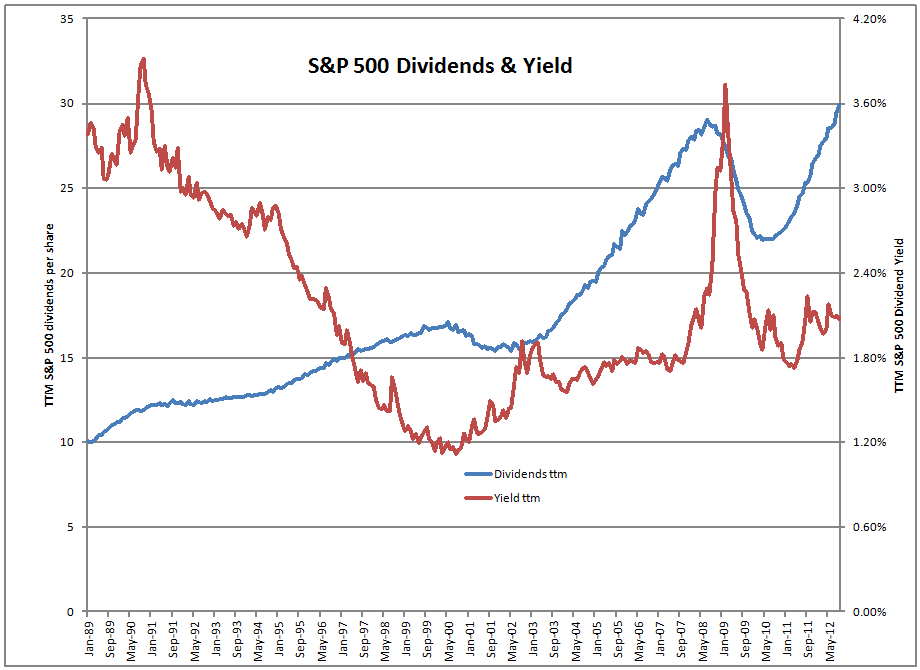An Actuarial Question
Here is a question from a reader:
Hi Mr. Merkel,
?My name is XXXXXXX and I rcently started my ASA modules. I am considering pursuing a Chartered Enterprise Risk Analyst designation from the SOA. I was curious if, based on your experience in both the financial and actuarial world, you had any thoughts on the CERA designation? I have
2.5 years of experience and work for a pension consulting firm, but would like to broaden my skill set. I really enjoy The Aleph Blog, especially the book reviews. Keep up the good work.
?Thanks,
?XXXX
My response:
Dear XXXX,
I don’t have an opinion on the CERA designation.? In my opinion, the SOA is in the midst of an existential crisis.? How do they survive, prosper, and maybe even grow the SOA?? Outside of their core industries, insurance and employee benefits, they have strong competition.? Many organizations that do something like them are larger than the SOA.
Ideas:
1) Put a gun to the head of the CAS by offering a casualty track.
2) CERA competing against other risk management credentials
3) Make an effort to create new “actuarial” tracks off of the experiences of nontraditional actuaries, most of whom are a lot more entrepreneurial than other actuaries.? Investing, big data, etc.? Look for all the things that involve the intersection of the Law of large numbers and durational discount…
4) Try to cooperate with the CFA Institute — how that will work, I have no idea, and I am reminded of the limerick about the young lady from Niger.
5) Attempt to merge all actuarial organizations in the US & Canada into one organization — try to go global, like the CFA Institute.? (The rewards of being global are far smaller than imagined.)
Think hard about what you want to do, and analyze which credential will get you there.? Then pursue it with all your strength, and pick up adjacent/tangential skills to differentiate yourself.? That last part is important, and it is what has made my career very different than most actuaries.
It’s kind of like violating the semi-strong form efficient markets hypothesis — in order to do better than the market, you need an edge.? Find that edge, because regardless of what credential you get, you will need to know more than that to excel.
Best wishes,
David
And his response:
Hi David,
Thank you very much for the thoughtful response. I had not considered the size of the SOA in relation to other competing organizations. As you said, I will have to do some hard thinking about what I want to do and pursue the my designations accordingly.
Thanks again,
XXXX
Thee is an article waiting to be written about credentialing in investments, and how the credentials are not worth much.? It is a lot harder to get an FSA from the Society of Actuaries than it is to get a CFA credential from the CFA Institute.? But the CFA offers a lot more with respect to investing than an FSA does.
Now, those are two strong credentials that are worthy of trust.? There are many more credentials out there, and most are not worthy of trust.? Be careful.? Many put initials after their names, and they aren’t worth a lot.? Be careful.


